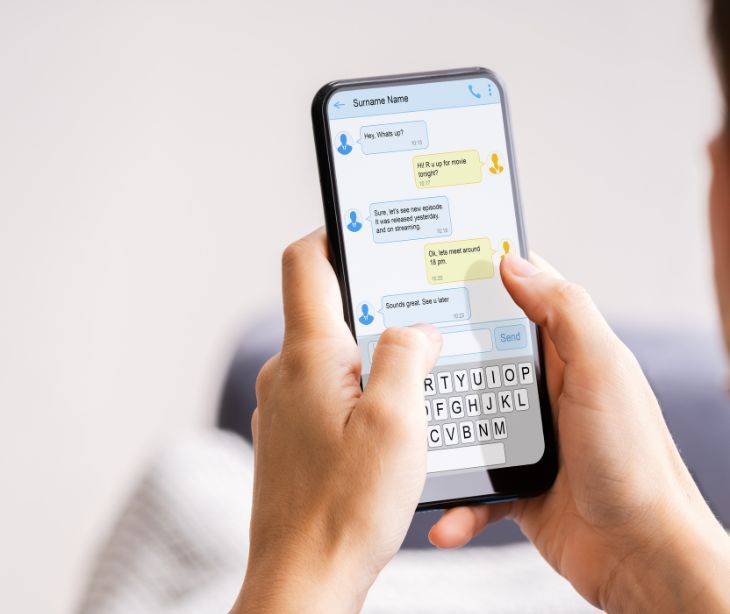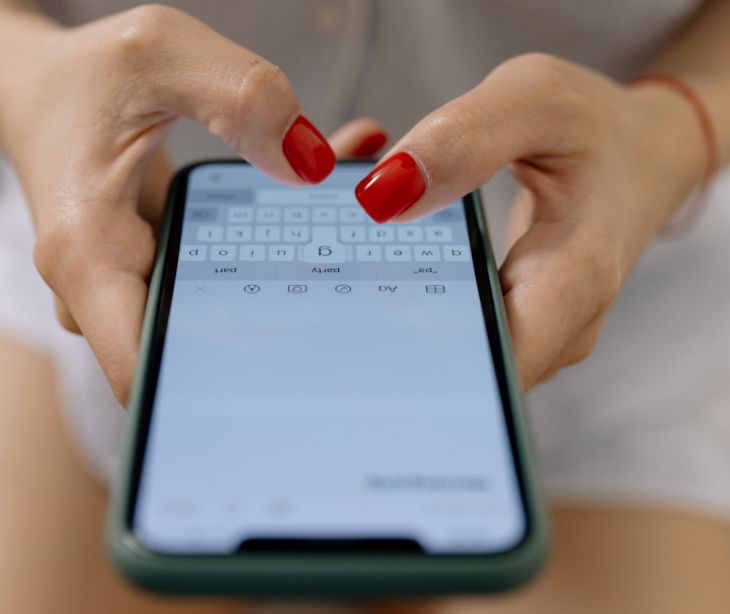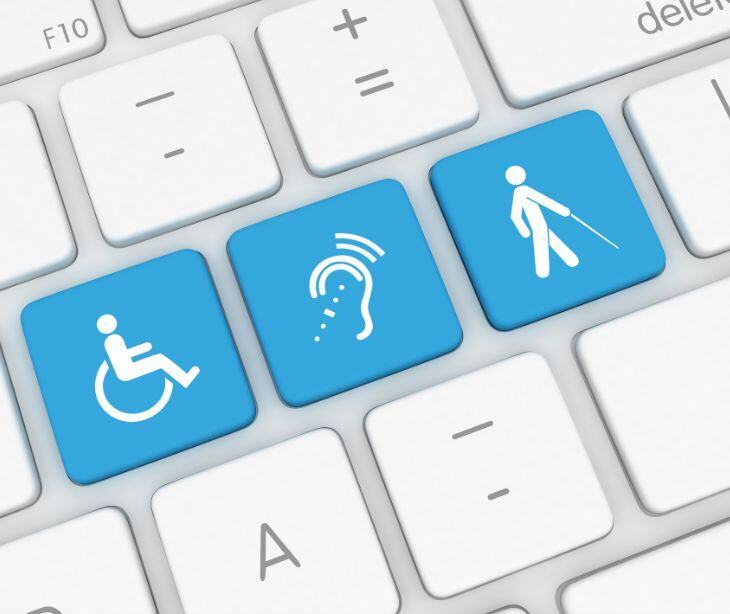
Text messaging improves accessibility issues faced by one in four adults in the United States by delivering healthcare information directly to patients' mobile devices. This provides a convenient and immediate way for patients to interact with their healthcare providers.
The role of accessibility
Healthcare accessibility allows people to easily obtain the necessary medical services, information, and support. It involves ensuring that facilities are within reach, services are affordable, providers are available, and information is clearly communicated. Governments, healthcare providers, insurance companies, and healthcare facilities are responsible for making healthcare accessible.
When it comes to healthcare access, patients need to understand their health conditions, the treatments available to them, and instructions for managing their health. Healthcare providers must communicate in languages patients can understand, offer interpretation services when needed, use simple language, and adapt their methods for people with disabilities. For example, they might use text messaging to communicate with people who are deaf or hard of hearing, or provide information in large print for those with visual impairments.
The impact of neglecting accessibility in communication
A 2021 report revealed the disparities in healthcare accessibility. Discovering the results of poor accessibility practices can be quite enlightening. These practices don't just affect the immediate area of neglect; their impact can stretch much further:
For patients
- Increased risk of harm: Patients who need special ways to communicate or have disabilities might not get the health information right if they don't have the aids they need. This confusion can cause mistakes with medicines, wrong treatments, or not following health plans properly.
- Missed preventative care opportunities: If patients can't talk well with their doctors, they might not learn about ways to prevent illness. This means they could miss out on shots or checks that stop diseases early, increasing the chance of getting sick from preventable illnesses.
- Delayed diagnosis and treatment: When it's hard to communicate, finding out what's wrong with someone's health can take longer. This delay might mean that by the time they start treatment, the illness has gotten worse, making it harder for the treatment to work well.
- Inadequate management of chronic conditions: Without clear talks, patients might not fully grasp how to take care of ongoing health issues. This lack of understanding can lead to symptoms getting out of control, more health problems, and overall worsening health.
For healthcare providers
- Misdiagnosis: When doctors and patients don't communicate clearly, it's like trying to solve a puzzle without all the pieces. This confusion might lead to an incorrect diagnosis, where the treatment plan doesn't match the real health issue, much like following the wrong map in a complex maze.
- Increased diagnostic testing: When doctors aren't sure what's wrong because they can't talk effectively with their patients, they might end up ordering more tests than necessary. This approach can lead to higher costs, much like funding an endless investigation and sometimes causing inadvertent overdiagnosis.
- Patient non-adherence: When patients don't understand their treatment plans due to communication barriers, they're less likely to follow them, reducing the effectiveness of treatments
- Cultural insensitivity: Without the ability to navigate language and cultural differences, healthcare providers may unintentionally offend patients or overlook cultural aspects in treatment planning, damaging trust and the care relationship.
See also: Navigating language barriers in healthcare organizations
How text messaging improves accessibility
Text messaging can be a tool to improve communication accessibility among marginalized and disabled groups. According to the 2023 Salesforce State of the Connected Customer Report, 66% of people globally engage with companies through text messaging. This popularity proves how easy and accessible texting is, making it a great way to share healthcare information. It helps people who have trouble hearing or don't like phone calls by providing a private and straightforward way to communicate.
For people in marginalized groups, texting is an affordable and widely available choice, often only needing a simple mobile phone. This ensures that important health messages reach more people. Additionally, for individuals with disabilities, the simplicity and immediacy of text messaging facilitate quick access to healthcare information, appointment reminders, and emergency alerts.
See also: Causes of language barriers in healthcare
Using text messaging to bridge the accessibility gap
Structured content for clarity
Craft messages with a clear structure, beginning with the most necessary information and followed by supporting details. If the platform allows, use bullet points or numbered lists to break down complex instructions into manageable parts. This method helps users with cognitive disabilities or those who struggle with large blocks of text understand and act on the information more easily.
Consistent use of keywords
Identify and consistently use keywords related to your service (e.g., "Appointment," "Confirmation," "Reminder") at the beginning of messages. This strategy assists users, especially those with cognitive impairments, to quickly understand the message's purpose. It also aids in sorting and referencing messages later.
Captioning for multimedia messages
Provide captions or transcriptions when sending multimedia messages (MMS) that include video or audio content. This practice is beneficial for deaf or hard-of-hearing users and benefits users in loud environments or those with auditory processing issues.
Emergency text features
Implement a strategy for emergencies or information that distinguishes these messages from regular communications. This could involve using specific phrases, codes, or a priority tagging system that alerts users to the urgency and nature of the message. It's vital for users with disabilities who might need more time to prepare or respond to emergencies.
User testing groups
Create a diverse user testing group that includes individuals with various disabilities to test your text messaging service regularly. This feedback loop can uncover unique challenges and preferences, leading to more nuanced improvements in accessibility.
See also: The guide to HIPAA compliant text messaging
Introducing Paubox Texting
Paubox Texting is a HIPAA compliant texting API for patient engagement that doesn't require recipients to download 3rd-party applications or use passcode-protected portals. You can now send HIPAA compliant text messages straight to your recipients' mobile devices.
Read more: HIPAA compliant texting API by Paubox
FAQs
What are the barriers to accessibility in healthcare?
Barriers to healthcare accessibility include financial constraints, lack of transportation, physical inaccessibility, cultural/language differences, and limited service availability.
Who is most the most at risk demographics?
The most at-risk demographics for healthcare accessibility issues are individuals with low income, the elderly, racial and ethnic minorities, those living in rural areas, and people with disabilities.
Subscribe to Paubox Weekly
Every Friday we'll bring you the most important news from Paubox. Our aim is to make you smarter, faster.



